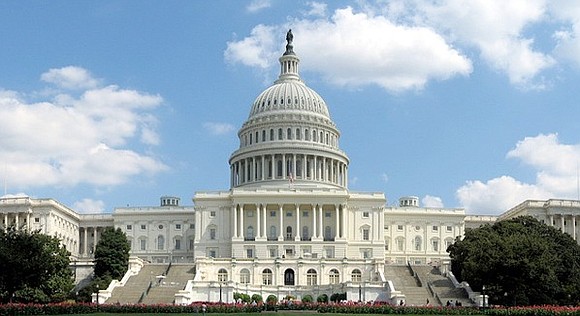Exporting Oil and Gas Will Import Economic Growth
Style Magazine Newswire | 1/12/2017, 2:26 p.m.
By Merrill Matthews
What could turn out to be President Obama's most effective economic policies only just happened: ending the 40-year ban on U.S. crude oil exports and approving terminal construction to export U.S. liquefied natural gas. And a Donald Trump presidency likely means expansion and acceleration of those efforts.
In December 2015, Congress passed a $1.1 trillion spending bill that lifted the crude oil export ban. The president opposed the repeal, but the bill extended wind and solar energy tax credits, so he took the compromise. By contrast, liquefied natural gas export terminals only require Department of Energy approval. And while permits have been authorized slowly, several have finally been approved.
That action jumpstarted the U.S. oil and gas export business, with Texas LNG terminal projects underway in Freeport, Corpus Christi and Brownsville.
From January to May 2016, the U.S. exported half a million barrels of crude oil daily to 16 countries -- in Europe, South and Central America, including Israel and even China.
Meanwhile, the first U.S. tanker with LNG departed from Louisiana in February 2015. In the first six months of 2016, 50 billion cubic feet (Bcf) of natural gas were exported.
One energy analyst estimates the United States will export 7 Bcf/day by 2020 and 17 Bcf/day by 2040. Current production is about 80 Bcf/day.
First, while the nation consumes more oil than it produces, the United States is projected to become a net gas exporter by halfway through this year. The country needs markets for that abundance of natural gas.
Second, exports enhance economic efficiency. For those who wonder why U.S. companies would export crude oil when the country still imports 24 percent of its oil, the answer has to do with efficiency and refining.
Most U.S. refineries are made to process very heavy oil. But most oil coming from shale formations, comprising half of total production, is light sweet crude oil -- requiring a less-intensive refining process. While some refineries are starting to adapt, that refining transition isn't quickly or cheaply made.
The closest refineries may be operating at or near capacity. Instead of having to discount or store a regional oversupply of crude oil, oil producers should export to refineries abroad that have the capacity to handle it.
Third, U.S. exports could help meet our allies' energy needs -- especially those dependent on oil from countries like Russia, which use energy supplies as a geopolitical hammer.
The European Union depends on Russia for about a third of its energy needs -- it'd love to have an affordable alternative.
Finally, exporting crude oil and natural gas will jumpstart economic growth and reduce the U.S. trade deficit.
Energy experts Daniel Yergin and Kurt Barrow estimated ending the oil export ban would:
Increase daily oil production by 2.3 million barrels and new investment by $1 trillion;
Create 860,000 jobs, including many high-paying blue-collar jobs; and
Add $3 trillion in federal revenues -- important for a country about to pass the $20 trillion mark in total federal debt. The energy boom over the past eight years provided real benefits during a time of sluggish economic growth. Without it, the country might've fallen into recession.
Oil and natural gas exports will allow us to extend and expand that boom and become the world's energy-producing powerhouse. But doing so requires faster approvals of LNG terminals and easing federal opposition to drilling offshore and on federal lands, both of which President-elect Donald Trump pledged to do.
Merrill Matthews is a resident scholar with the Institute for Policy Innovation in Dallas, Texas.







